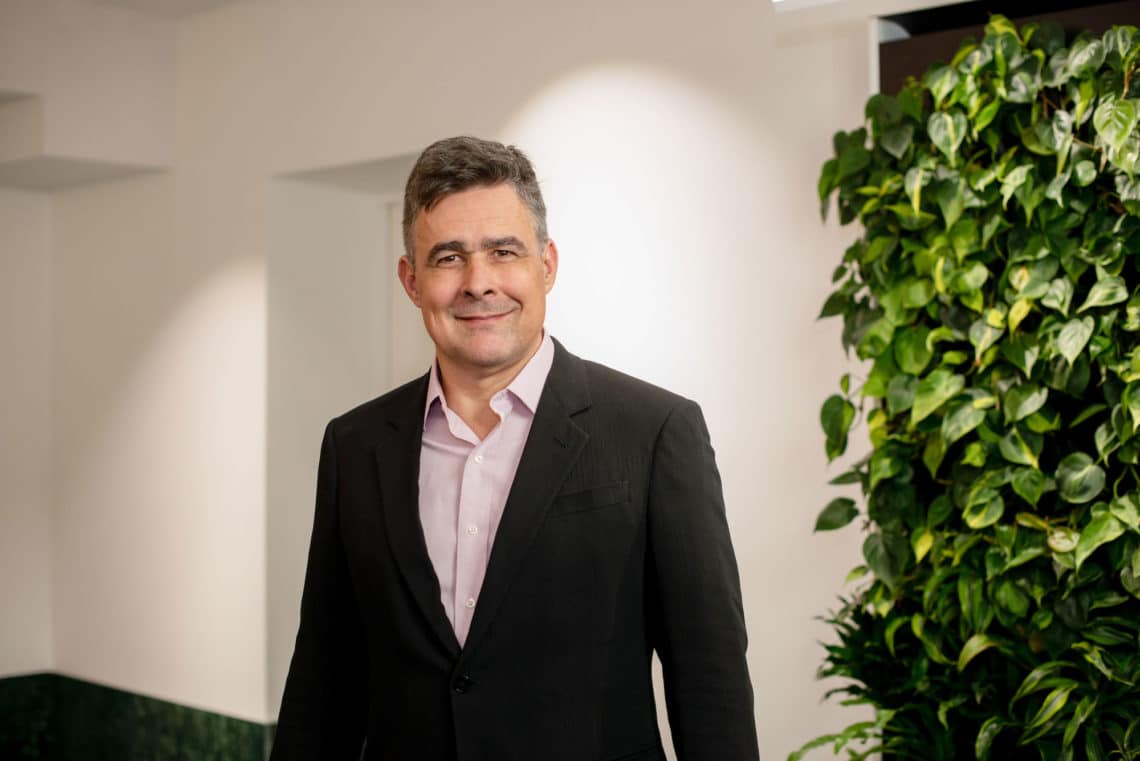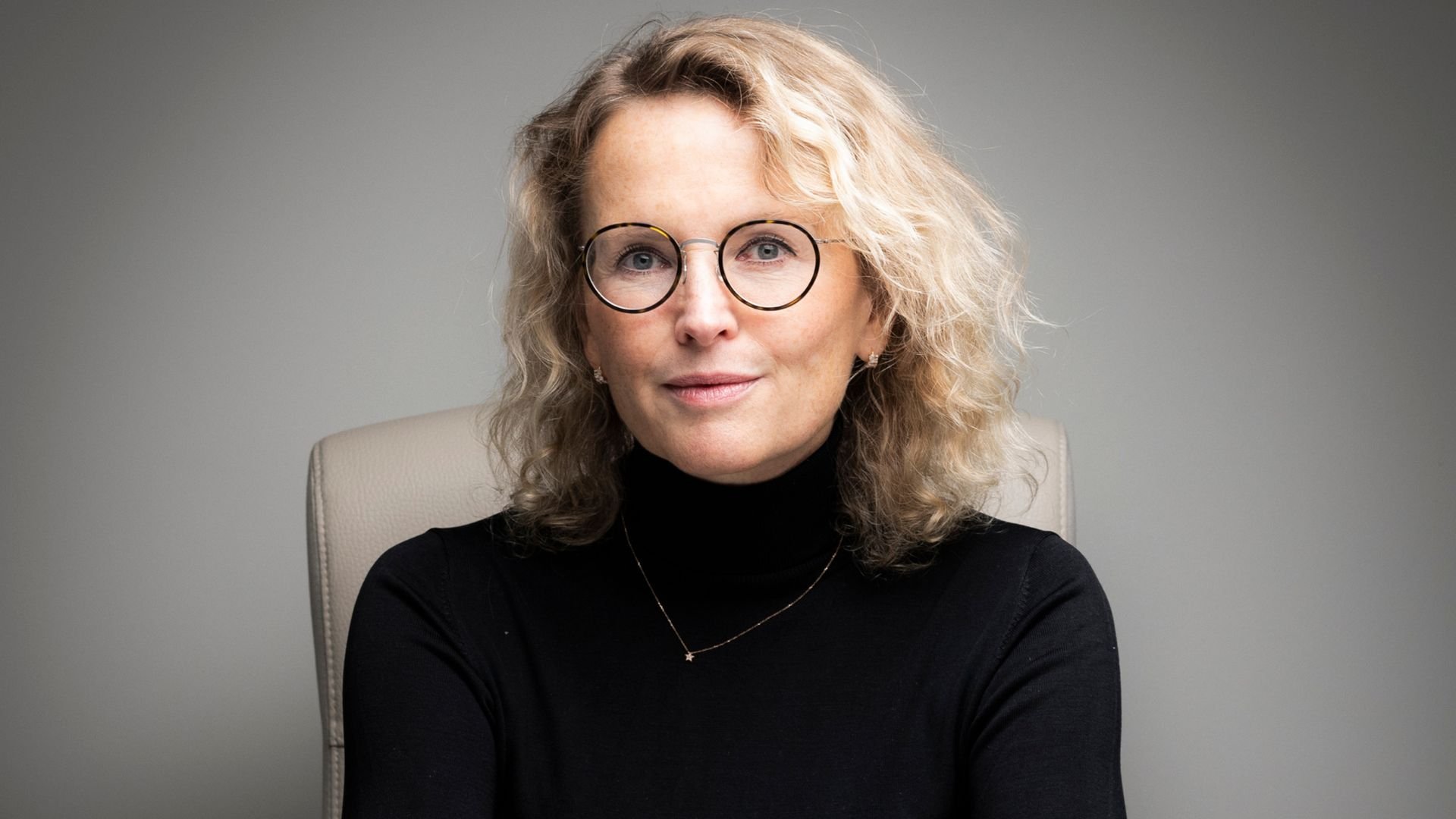Banking with a view into the glass ball – wouldn’t it be nice to be able to plan your banking transactions months in advance and, with the right steps, know exactly how much money will actually be in your account at the end of the month?
Predictive banking is the magic word for a technology that actually wants to achieve exactly that: transparency and predictability of one’s own finances. But what exactly is that? In short, it’s about the following: Historical data can be used to predict future events and trends. Sophisticated programs rely on artificial intelligence and data mining to analyze enormous amounts of information. On this basis, attempts are made to determine what is likely to happen next under current conditions.
Financial institutions also benefit from risk minimization and cost minimization. For better or for worse, institutions use a variety of data sources and machine learning. For example, they have their transaction history and can integrate demographic information and additional details from external databases.
Technology helps customers and banks
„The term „predictive“ is perhaps a little optimistic – technology doesn’t know everything, and it doesn’t always predict the future exactly. In banking, technology can help customers manage their accounts and complete banking tasks quickly,“ says Holvi CEO Antti-Jussi Suominen.

In a study, the Finnish financial institution Holvi asked how well-known „predictive banking“ is in this country. These are the results: Of the 271 participants from Germany and Austria, 85 percent said they had never heard of this technology before.
And: the older the participants are, the less widespread is the knowledge about the technology. Only eleven percent of those over 30 know it. At the same time, around 25 percent of those surveyed believe that they can benefit from predictive banking in their business activities.
The more technology-savvy the customer, the higher is his acceptance
Why is the technology still so unknown and why does the knowledge about it diverge so much? „The understanding of predictive banking has more to do with the understanding of technology. People who are more technically savvy are therefore most likely to understand the term – regardless of geographical location,“ says the Holvi SEO.
In order for more people to recognize the added value of predictive banking, banks will have to do their homework in the future. So far, banks rarely offer analysis- and data-driven banking. Only six percent of those surveyed in the study state that their banking service provider has a corresponding service in its portfolio.
Advantages for banks and customers
Banks and credit institutions traditionally have a great deal of information about their customers and could provide their customers with even better advice in the future if they were to develop skills in the areas of machine learning, data architecture and UI and UX technologies.

When virtual agents work on behalf of consumers to find the best solution for each individual in real time, the reach of banks and credit unions can be extended.
For their part, customers get a better view of their finances. In a business banking context, the technology can lead to time savings, less administration and more visibility into corporate finances. „Predictive banking has enormous potential to facilitate the day-to-day management of the finances of freelancers, the self-employed and small start-ups,“ says Suominen. Customers expect time savings (20 percent), reduced administrative overhead (12 percent), revenue and expense management support (10 percent), and improved insight, guidance, and suggestions based on their banking transactions (5 percent), according to the study.
Banks rely on cooperation with Fintechs to anchor technology
Predictive banking – one of the trends for the financial sector in 2019? Uncertain, because there is no big player yet to drive technological development. Rather, there will have to be interaction between banks and Fintechs. Perhaps the term will never really prevail because the functions and services are implemented in other services. But: „We are currently seeing that many German Fintechs, but also banks, are experimenting with the technology. A lot is happening in this area,“ says Suominen.
„Many German fintechs and banks are experimenting with the technology. A lot is happening in this area.“
One of the key success factors will be that the offering will be developed on the basis of customer needs and the technology will not serve as an end in itself. The better an existing problem is solved, the sooner the technology will prevail.

Holvi-CEO Antti-Jussi Suominen






